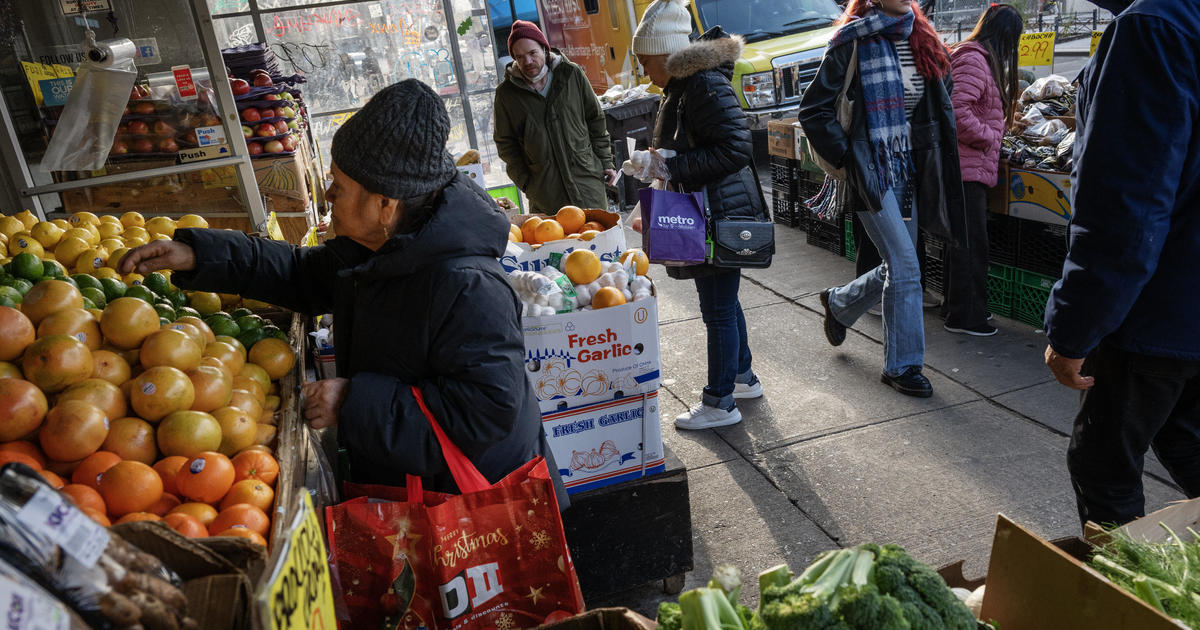Inflation ran hotter than expected in January, complicating the Fed's rate decision
Inflation ran hotter in January than had been forecast by economists, signaling that higher prices remain sticky and complicating the Federal Reserve's decision about when to begin cutting its benchmark rate. As with inflation last month, higher housing and food prices were the big drivers.
Consumer prices rose 3.1% in January from a year earlier, the government said on Tuesday. Economists had expected January prices to rise at a 2.9% pace from a year ago, according to FactSet.
Even so, the pace reflected an improvement from December, when inflation rose at an annual rate of 3.4%.
The January inflation data will help inform the Fed's rate decision at its March meeting, with Fed Chairman Jerome Powell telling CBS News' "60 Minutes" earlier this month that the central bank wants to see more proof that inflation is cooling before cutting rates. Grocery prices rose sharply in January, an issue for consumers who most frequently encounter the grip of higher inflation while food shopping.
"Consumers are still feeling the pinch of higher prices for the things they buy most often," noted Bright MLS chief economist Lisa Sturtevant in an email after the inflation data was released.
She added, "Inflation is generally moving in the right direction, down significantly from its peak of 9.1% in June 2022. But it's important to remember that a lower inflation rate does not mean that prices of most things are falling— rather, it simply means that prices are rising more slowly."
For instance, food prices are 25% higher than in January 2020, prior to the pandemic, while rents are up by 22% over the same period, she noted.
When will the Fed cut rates?
The mixed data released Tuesday could reinforce the Fed's caution, with officials saying they are pleased with the progress in sharply reducing inflation but want to see further evidence that it's sustainably headed back to their 2% target.
Most economists think the central bank will wait until May or June to begin cutting its benchmark rate from its 22-year-high of roughly 5.4.
The Fed raised its key rate 11 times, from March 2022 to July of last year, in a concerted drive to defeat high inflation. The result has been much higher borrowing rates for businesses and consumers, including for mortgages and auto loans. Rate cuts, whenever they happen, would eventually lead to lower borrowing costs for many categories of loans.
Mortgage rates are likely to drift lower once the Fed starts cutting rates, Sturtevant noted.
"But prospective homebuyers may not feel that much relief as they continue to see higher prices at the grocery store and the gas pump," she added. "And home prices, which are not measured in the CPI, are also still rising."
— With reporting by the Associated Press



